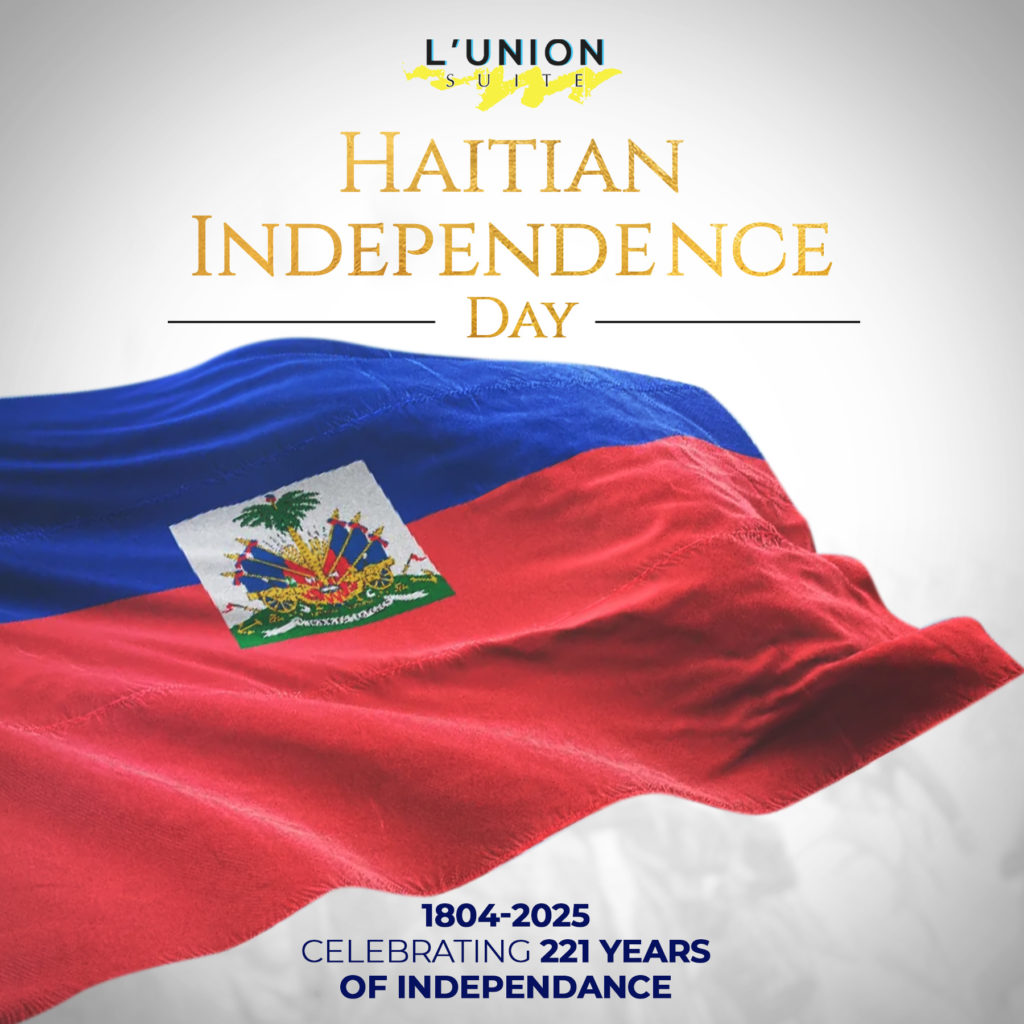 This is such an informative post, I just started learning about Haitian notes and this article really help me get a better understanding of Haitian currency and the history locked in each gourdes. .
This is such an informative post, I just started learning about Haitian notes and this article really help me get a better understanding of Haitian currency and the history locked in each gourdes. .
Many countries around the world enjoy moments of real popularity either in waves or a steadier collector interest over a longer period of time. It seems to me, though, that Haitian issues, even those before the first 1919 issue, have been almost completely overlooked by many collectors. True, the rarities will engender great interest, but in general the various other issues do not get much collector attention. I was sorting out a few issues when I came across the fairly recent set of six notes Haiti made for the bicentennial of Haitian independence, 1804-2004. There is a lot of history locked up in those pieces, and I thought it might be a good idea to investigate them more thoroughly.
10 gourdes
The lowest value is a 10 gourdes, and it features a portrait of young Sanite Belair and date 1802. I have to admit that I have not ever known this name in connection with anything, so I looked him up on the Internet. To my great surprise this individual turned out to be a woman and a fighter for independence who was executed along with her husband in 1802. On the back there is shown Fort Cap-Rouge in Jacmel.
25 gourdes
The next denomination is a 25 gourdes, and the featured portrait is that of Nicolas Geffrard (1762-1806). He was a general for the indigenous army, and was among the seven people who signed the act of independence of Haiti in 1804. He was what they called Affranchis (those who were no longer slaves, who were educated in France and then returned). His resting place is at the Platon fortress (that he had built) in the South near Les Cayes. That fortress is shown on the back of this note. He died in 1806, the same year his son, Fabre Nicolas Geffrard (later to become president of Haiti) was born.
50 gourdes
The next value, 50 gourdes, portrays another individual I had no knowledge of; his name was François Cappoix (1766-1806). He was a Haitian rebel slave, born in Port-de-Paix on the habitation of Laveaux/lapointe. His name was a transformation of the name cappouet, owner of the habitation. He is acclaimed as a hero of the Battle of Vertières (Nov. 18, 1803). The back of this note shows Fort Jalousiere in Marmalade.
100 gourdes
This value has the portrait of Henri Christophe (1757-1820). His name is more familiar to collectors as he is shown on other well-known Haitian notes as well. He was a former slave and key leader in the Haitian Revolution, fighting with forces under Toussaint L’Overture and Jean Jacques Dessalines; they defeated the French, paving the way for Haitian independence on Nov. 27, 1803. Haiti was then divided into two states, with Christophe being elected president of the Northern State in February 1807, and Alexandre Petion as president of the Southern Republic in March. The division between the republics was to last for a decade.
President Christophe set out to improve all aspects of life in his northern province. One of his major concerns and preoccupations was the defense of his country form internal and external aggression. He had a huge fortress built on a mountain peak overlooking the Le Cap harbor, three thousand feet above sea level. The citadel was named La Ferriere, which means “blacksmith’s pouch.” The huge stronghold, which still exists today, was built in the shape of a ship; it covers 16 acres, with some of the walls soaring to a height of 140 feet. The citadel is shown on the back of this note.
The education of the Haitians was Henri Christophe’s second priority. He solicited teachers from the United States and Britain to build schools, which would ultimately raise the former slaves to a literacy level unequaled in the western hemisphere. To continue the improvement of Haitian life, Christophe decided to create the first black kingdom in the western hemisphere. At a council of state on March 28, 1811, he declared Haiti a kingdom, with himself as King Henri I. This kingdom lasted until his death by suicide in 1820.
250 gourdes
This denomination presents a portrait of one of the main leaders of the struggle for Haitian independence—Jean-Jacques Dessalines (1758-1806). Believed to have been born around 1758 in Africa, Jean-Jacques was enslaved in the French colony of St. Domingue. He worked as lieutenant under Toussaint L’Overture after the 1791 slave revolt and later helped repel incoming French forces. Dessalines renamed the colony Haiti in 1804 and declared himself emperor under the name of Jacques I. He is also notorious as a genocidist who wiped out Haiti’s white population. A severe, often times brutal leader, he was killed in a revolt on Oct. 17, 1806, in Pont Rouge, near Port-au-Prince, Haiti.
The back of the 250 gourdes shows another military structure, Fort Decide at Marchand.
500 gourdes
This highest value of the six-piece set portrays Alexandre Petion (1770-1818). At an early age he took a liking for the military, particularly the artillery. He participated in the slave uprising of 1891 and in battle showed particular courage and chivalry. He then went to France to finish his education, and came back as part of a French force whose mission it was to reestablish the slave system. This did not last long; shortly after a surprise meeting with Dessalines he also took up arms against the French. Following the achieving of independence and the crowning of Henri Christophe as Henri I, Petion pushed for a republican form of government as a reaction against the imperial court. He was himself duly elected as president, serving until his death at an early age of 48 in 1818.
Toussaint L’Ouverture
You might wonder at the seeming omission of another highly placed name in the Haitian fight for independence—that of Toussaint L’Ouverture. He was born a slave in 1743 but through various circumstances was able to become educated. He rose to lead the slave revolt against France in 1791. By 1794, chiefly because of his efforts, France ended Haitian slavery. Although Toussaint L’Ouverture’s life was often turbulent, he took necessary risks in seeking the emancipation of his people.
According to some sources, there is no existing portrait of L’Ouverture, yet images representing him do appear on some bank notes of Haiti. Two are shown here. The first is on one of the regular issue one-gourde notes, and the second is on a 2001 commemorative 20 gourdes for the bicentennial of L’Ouverture’s constitution. So he is certainly not a neglected hero, that’s for sure.
This little study, taking just a few notes and finding some of the stories behind their issuance, demonstrates the power of numismatics as one of the best teachers of history that exists. I certainly learned a lot by writing this article, and I hope you did too.















